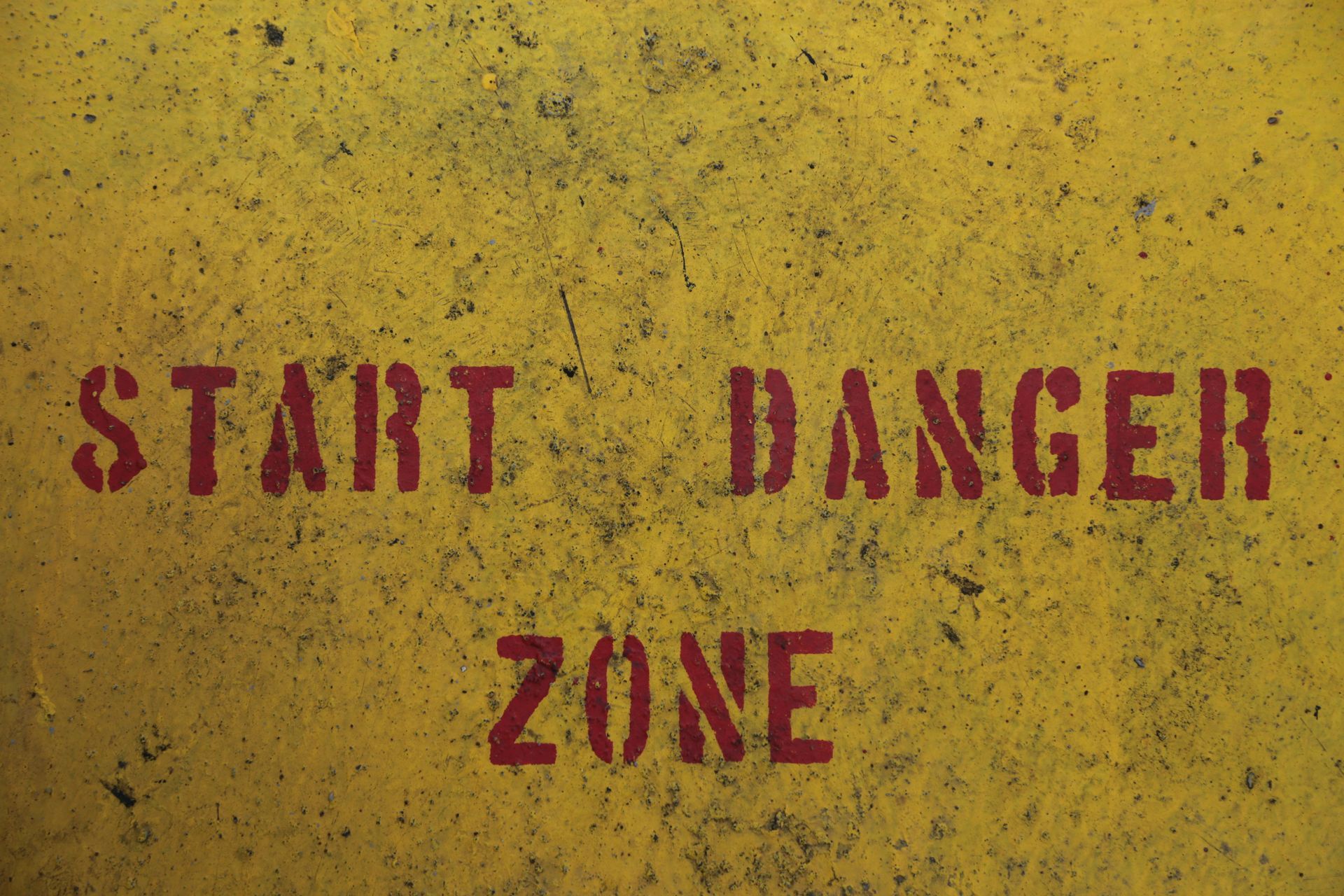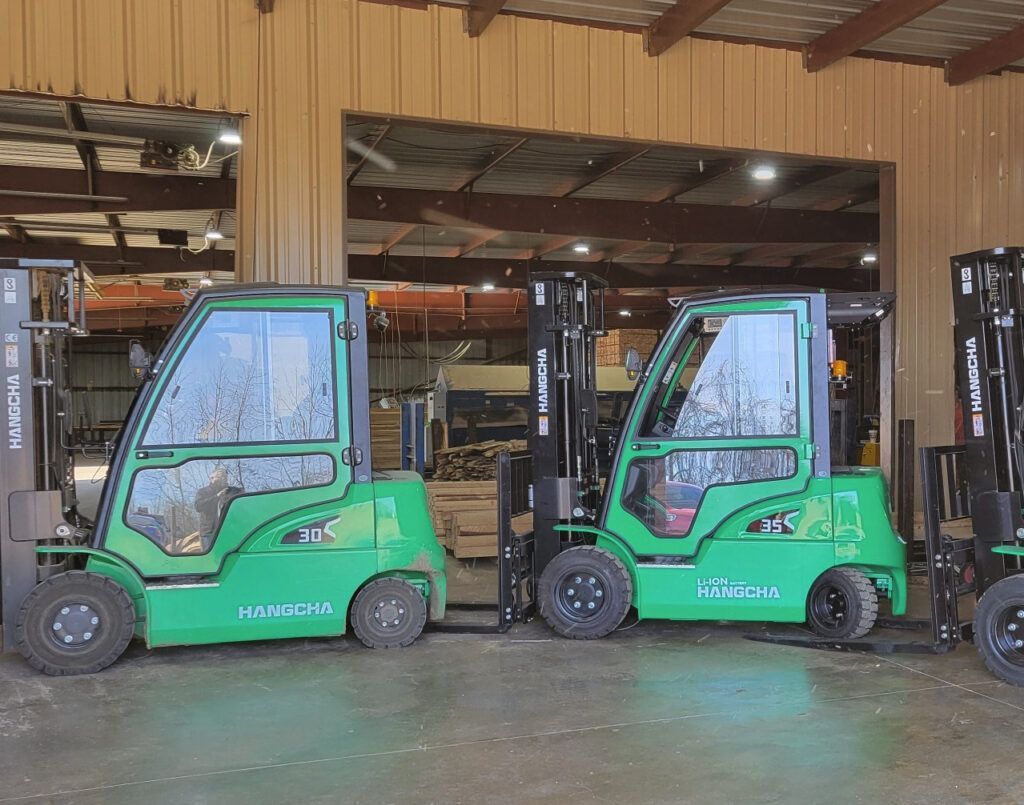Benco Industrial. Forklifts and So Much More
Oct 31, 2016
Forklifts and So Much More. Benco Industrial Equipment is your go-to source for everything you need to keep your warehouse and industrial facility running like a well-oiled machine. Our company stocks cleaning supplies, pallet racking, sweepers, scissor lifts and much more. We carry a number of popular brands, such as Nordock, PowerBoss, Multi-Clean, and more.
The post Benco Industrial. Forklifts and So Much More appeared first on Benco Industrial Equipment.

08 Apr, 2024
Warehouses are the backbone of many industries, storing and distributing goods to keep the economy moving. However, behind the scenes of this logistical hub lurk various hazards that can pose severe risks to employees and property. Let's investigate some of the most common warehouse hazards and explore proactive mitigation strategies. Slips/Trips/Falls Slips, trips, and falls are among the most prevalent hazards in warehouse spaces. Spills, cluttered aisles, and uneven surfaces can easily lead to accidents if not adequately addressed. To prevent such incidents, warehouses should prioritize proper housekeeping, including regular cleaning and maintenance of floors. Additionally, using signage to highlight potential hazards and ensuring adequate lighting throughout the facility can significantly reduce the risk of slips, trips, and falls. Fires Flammable materials and electrical equipment in warehouses make them susceptible to fires. Faulty wiring, improper storage of combustible materials, and lack of fire suppression systems can all contribute to the risk of fire outbreaks. Implementing preventive measures such as regular equipment maintenance, proper storage protocols for flammable materials, and employee training on fire safety procedures are crucial in mitigating this hazard. Harmful Substances Warehouses often house various chemicals and hazardous substances, which can pose risks to employees' health if not handled properly. Exposure to harmful substances can lead to respiratory issues, skin irritation, and other serious health problems. To mitigate this hazard, warehouses should properly store and label hazardous materials, provide employees with appropriate personal protective equipment (PPE), ensure adequate ventilation systems, and conduct regular training on safe handling procedures. Falling Objects With shelves stacked high with merchandise, falling objects present a significant hazard in warehouses. Poorly secured storage systems, improper stacking of items, and inadequate safety measures can all increase the risk of objects falling and causing injury. Warehouses can minimize this risk by adequately securing shelves and storage systems, using barriers or guardrails to prevent objects from falling, and conducting regular inspections of overhead storage areas. Overexertion The physical demands of warehouse work can lead to overexertion injuries if employees lack adequate training or don't perform tasks ergonomically. Lifting heavy objects, repetitive motions, and working in awkward positions can all contribute to overexertion injuries such as strains and sprains. To prevent such injuries, warehouses should provide comprehensive training on proper lifting techniques, encourage the use of mechanical aids such as forklifts and pallet jacks, and implement ergonomic workstations to reduce strain on employees' bodies.

08 Mar, 2024
Effective inventory management practices influence the success of each warehouse, the supply chain, and the business at large. Inventory management involves many moving parts and elements – everything from the product catalog to the warehouse space to tracked KPIs. Experienced warehouse managers know that no matter how fool-proof your inventory management systems are, there’s always room to improve and prepare for unexpected circumstances. Let’s discuss common inventory management mistakes (and what to do instead). Overstocking or Understocking One of the most prevalent inventory management mistakes is maintaining too much or too little inventory. Overstocking ties up valuable capital and warehouse space, leading to increased carrying costs and a higher risk of obsolescence. On the other hand, understocking can result in stockouts, backorders, and dissatisfied customers. Businesses should leverage historical sales data, market trends, and advanced forecasting techniques to accurately predict demand and optimize inventory levels. Inaccurate Demand Forecasting Businesses are prone to making costly inventory planning errors without precise demand forecasting. Relying on outdated data or flawed forecasting methods can lead to inefficiencies and missed opportunities. By utilizing advanced analytics and predictive modeling, businesses can better anticipate shifts in demand, seasonal fluctuations, and emerging trends, allowing for more informed inventory decisions and improved responsiveness to customer needs. Lack of Inventory Visibility Poor visibility into inventory levels across multiple locations or channels can result in operational inefficiencies and errors. Without real-time data on stock levels and movement, businesses may struggle to fulfill orders on time, leading to customer dissatisfaction and lost sales. Implementing integrated inventory management systems that provide comprehensive visibility into inventory across the supply chain can help businesses optimize inventory allocation, reduce stockouts, and improve overall operational performance.

By Denis Benden
•
08 Feb, 2024
Efficient material handling is crucial for businesses of all sizes and industries. It directly impacts productivity, cost-effectiveness, and overall operational success. Effective material handling ensures that goods are moved, stored, and transported in a streamlined and organized manner, minimizing delays, damages, and errors. Electric forklifts play a significant role in effective material handling, transforming the […]
The post A Beginner’s Guide to Electric Forklifts appeared first on Benco Industrial Equipment.

